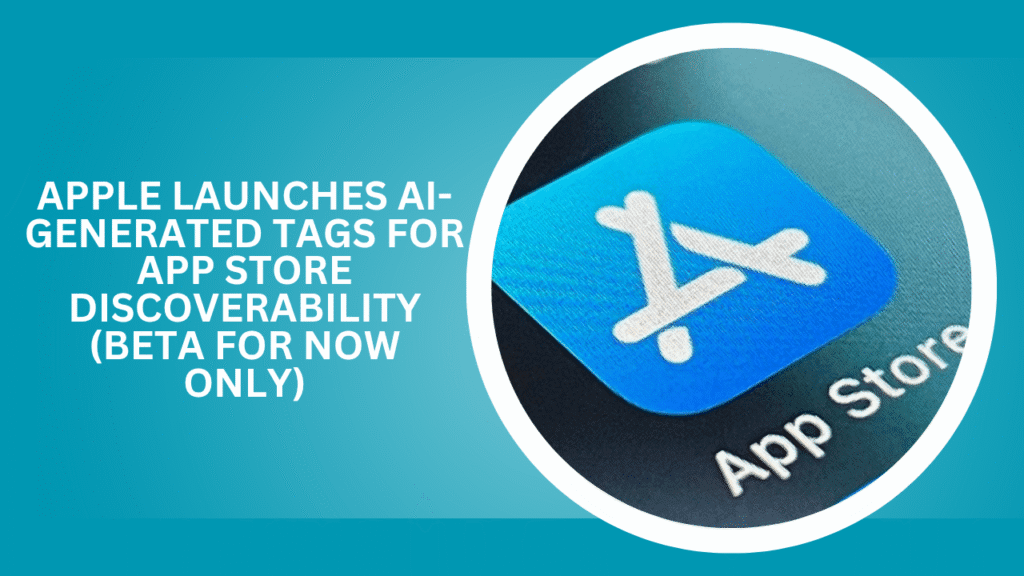Apple has moved quietly to take a giant leap toward redefining the way people discover apps on the App Store.
With the iOS 26 developer beta, Apple has started testing AI-created tags that look to enhance app categorization and discoverability. Although these tags are only viewable within the developer beta and not yet visible on the public App Store, they give a glimpse of significant changes in store for developers and users.

What Are These Tags and How Do They Work?
These new tags are created in accordance with Apple’s in-house AI models, which scan an array of metadata from the app, such as:
- Screenshots
- Descriptions
- App categories
- Other embedded metadata
This is more than the usual inputs developers are accustomed to tuning — such as app name, subtitle, and keyword fields. In contrast to prior speculations that Apple may be employing simple OCR in scanning screenshots, the company confirmed in WWDC 2025 that it’s relying on AI-assisted extraction methods for grasping an app’s features and functionality in a more holistic manner.
The outcome: Apple is now able to add context-conscious tags that more accurately describe an app’s function, independent of what the developer puts in the app description or keywords.
Why It Matters for App Discoverability
Apple’s application of artificial intelligence to assign tags may substantially impact how apps rank and are found, though these tags do not yet impact publicly visible search results.
As per an early report by Appfigures, certain apps are already gaining advantage from metadata in screenshot captions — an indication that Apple is beginning to include richer context in its ranking, even though it’s not yet live.
But Apple made it clear that devs don’t have to manually cram keywords into screenshots — the AI will do the job. This change should make the optimization process easier and more equal, particularly for devs who aren’t SEO tricksters.
Control and Review
Notably, Apple has promised developers that humans will also approve the tags before they become live. Ultimately, developers will have the option to decide which AI-produced tags should be linked to their app — a step that gives transparency and freedom while still leveraging automation.
Also Read : Amazon Dives Deeper into Nuclear, Secures 1.92 GW to Power AWS

